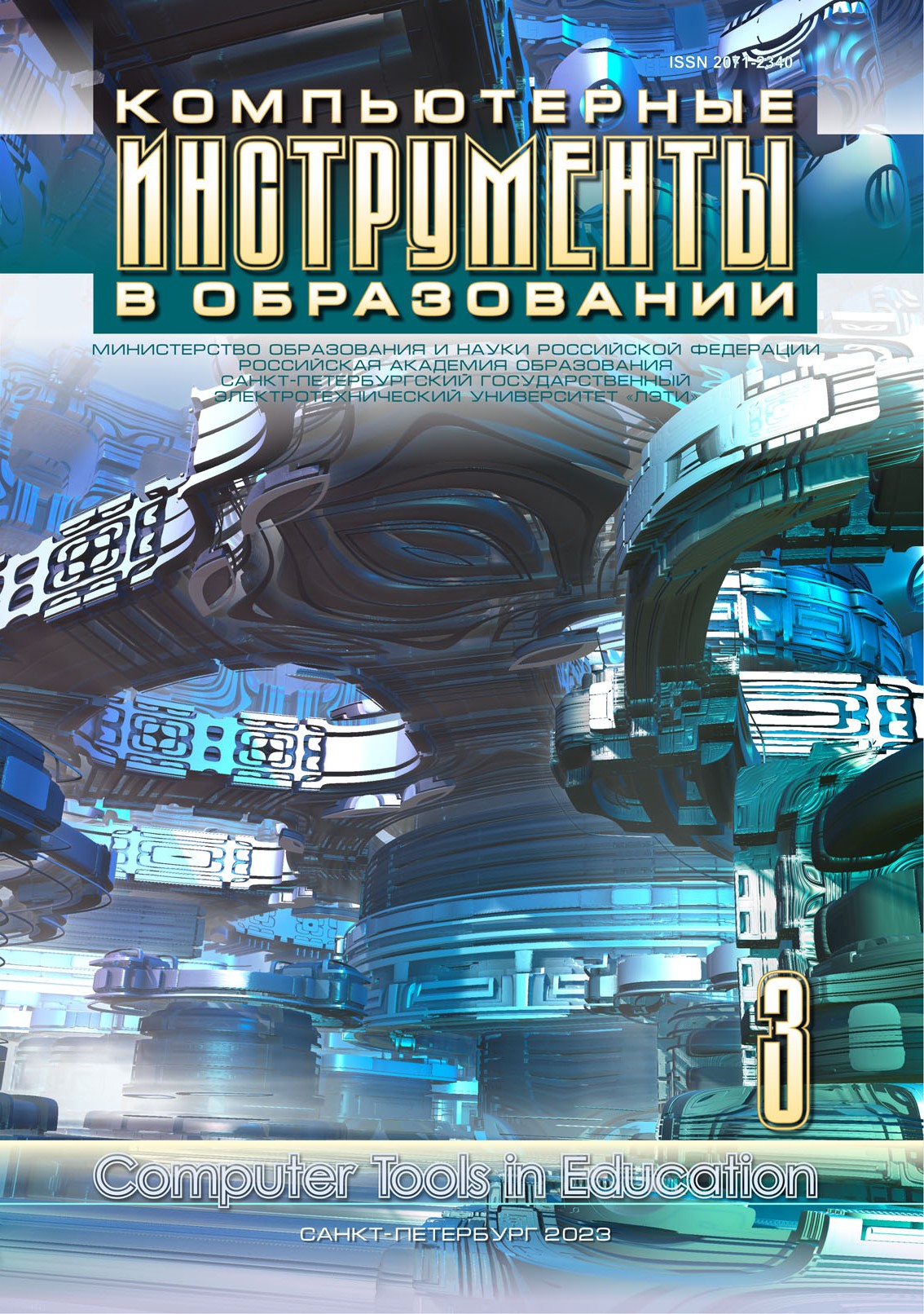System integration and optimization of security in a multilayer virtual network
Abstract
In modern distributed systems, especially in the field of blockchain and cloud computing, ensuring reliable and efficient consensus is a critical task. This paper discusses a combined consensus approach based on a combination of P-BFT and RAFT protocols. The purpose of this study is to explore the possibilities of a combined P-BFT and RAFT consensus approach to improve reliability, performance and security in distributed registries and cloud systems. The principles of operation and characteristics of each protocol are explored, as well as their joint use to achieve agreement in a distributed environment. In the course of the work, the advantages and prospects of the combined P-BFT and RAFT approach are analyzed, support for various trust models is considered, as well as the integration of data protection mechanisms to ensure security and privacy. The results of the study suggest that the combined P-BFT and RAFT consensus approach demonstrates high performance and reliability in distributed registries and cloud systems. The proposed approach has prospects for application in various areas where a reliable and secure consensus is required to ensure the efficient operation of distributed systems.
References
A. Bogdanov et al., “A Multilayer Approach to the Security of Blockchain Networks of the Future,” in Proc. Int. Conf. on Computational Science and Its Applications, Cham: Springer International Publishing, pp. 205–216, 2022; doi:10.1007/978-3-031-10536-4_14.
E. Buchman, Tendermint: Byzantine fault tolerance in the age of blockchains, Guelph, Ontario, Canada: University of Guelph, 2016.
S. H. Lin and M. H. Liao, “Towards publishing social network data with graph anonymization,” Journal of Intelligent & Fuzzy Systems, vol. 30, no. 1, pp. 333–345, 2016.
C. Zhu et. al., “A Survey on the Integration of Blockchains and Databases,” Data Science and Engineering, vol. 8, no. 2, pp. 196–219, 2023; doi:10.1007/s41019-023-00212-z
K. Liu and E. Terzi, “Towards identity anonymization on graphs,” in Proc. of the 2008 ACM SIGMOD int. conf. on Management of data (SIGMOD ’08), New York, NY, USA: Association for Computing Machinery, pp. 93–106, 2008; doi:10.1145/1376616.1376629
P. Zhang and M. Zhou, “Security and Trust in Blockchains: Architecture, Key Technologies, and Open Issues,” IEEE Transactions on Computational Social Systems, vol. 7, no. 3, pp. 790–801, 2020; doi:10.1109/tcss.2020.2990103
M. Vukolic, “The Quest for Scalable Blockchain Fabric: Proof-of-Work vs. BFT Replication” in Lecture Notes in Computer Science, Cham: Springer International Publishing, pp. 112–125, 2016; doi:10.1007/978-3-319-39028-4_9
N. Ferguson, B. Schneier, and T. Kohno, Cryptography engineering: design principles and practical applications, Hoboken, NJ, U.S: John Wiley & Sons, 2011.
L. Lamport, R. Shostak, M. Pease, “Cryptography Engineering: Design Principles and Practical Applications,” in The Byzantine Generals Problem ACM Transactions on Programming Lanuages and Systems, Hoboken, NJ, U.S: John Wiley & Sons, vol. 4, no. 3, pp. 382–401, 1982.
M. Castro et al., “Practical byzantine fault tolerance,” OsDI, vol. 99, no. 1999, pp. 173–186, 1999.
R. Pass and E. Shi, “Hybrid consensus: Efficient consensus in the permissionless model,” in Cryptology ePrint Archive, 2016. [Online]. Available: https://eprint.iacr.org/2016/917
A. Bogdanov et al., “Testing and Comparative Analysis of the F-BFT-based DLT Solution,” in Proc. of Computational Science and Its Applications–ICCSA 2021: 21st International Conference, Cagliari, Italy, September 13–16, 2021, part IV 21, Springer International Publishing, pp. 31–41, 2021.
J. Zhou et al., “A Hybrid Consensus Algorithm for Blockchain,” in 2019 IEEE 5th Int. Conf. on Computer and Communications (ICCC), IEEE publ., 2019.
Y. Zhang et al., “A survey on software defined networking with multiple controllers,” Journal of Network and Computer Applications, vol. 103, pp. 101–118, 2018; doi:10.1016/j.jnca.2017.11.015
M. A. Khan, “A survey of security issues for cloud computing,” Journal of Network and Computer Applications, vol. 71, pp. 11–29, 2016; doi:10.1016/j.jnca.2016.05.010

This work is licensed under a Creative Commons Attribution 4.0 International License.







